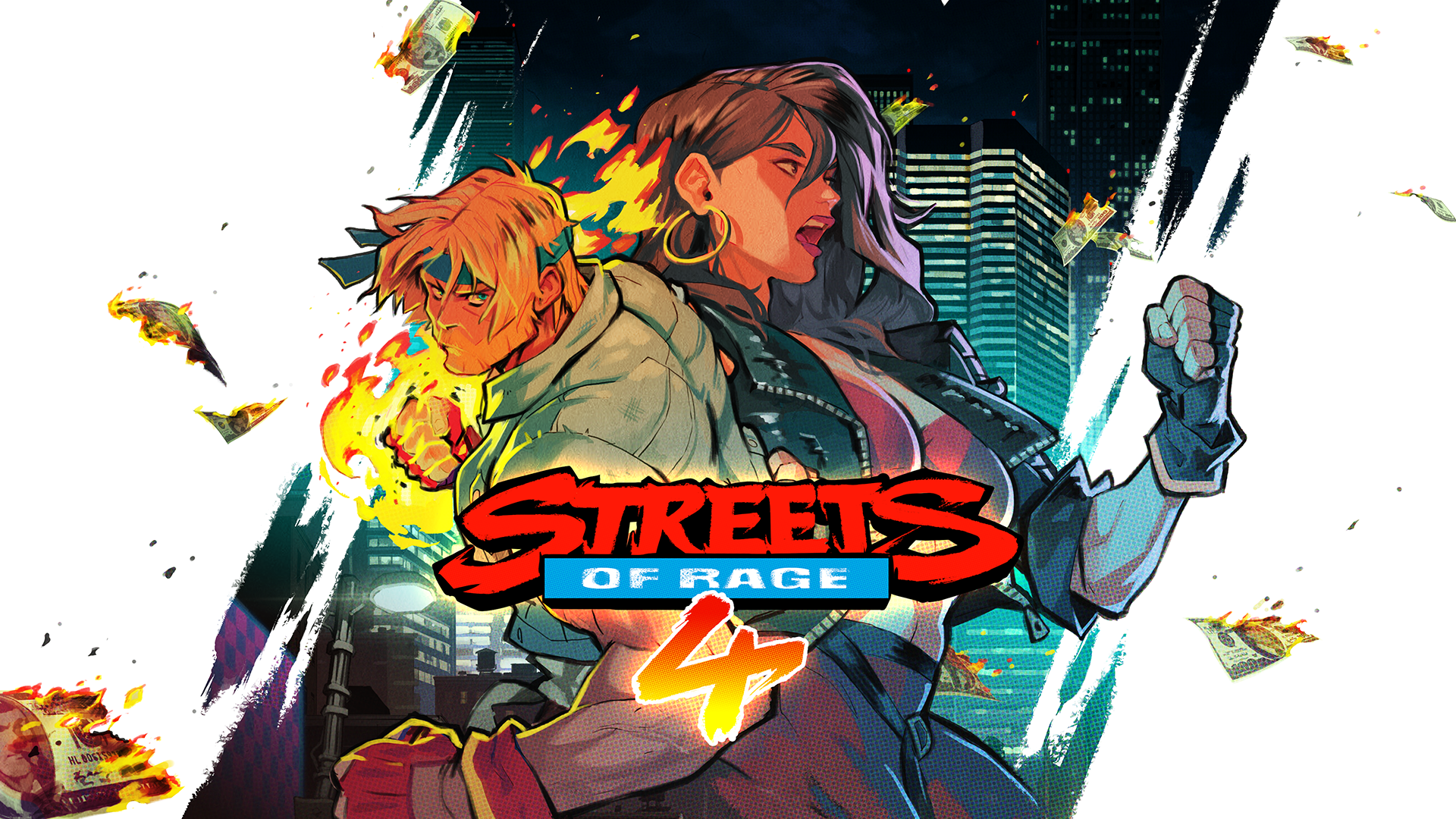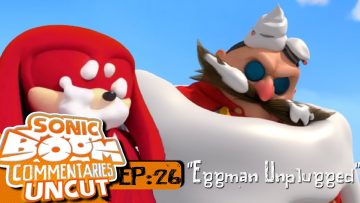
Interview: Streets of Rage 4
After 25 years, Streets of Rage is back, and fans of classic beat-em-ups have a lot to look forward to. We spoke with Cyrille Lagarigue, technical director at Guard Crush Games, about the return of Streets of Rage and how his studio came to work on the beloved franchise.
This interview has been edited for clarity.
TSSZ: It’s been 25 years since the last Streets of Rage game, why is now the time the bring the franchise back? Where did the idea come from?
Lagarigue: The genesis of the idea is that it’s a three-studio game – DotEmu, Lizardcube, and Guard Crush Games. Lizardcube does the graphics/ Guard Crush Games, which I’m president of, does the technical side – the programming, the engine. DotEmu does all the rest – publishing, music, stuff like that. DotEmu did the Wonder Boy: The Dragon’s Trap remake with SEGA, and it went very well, so they wanted to do something else with SEGA given their good relationship. They were considering which license to work with, and they came to Streets of Rage. There’s not been a game in 25 years and everyone loves it, so they wanted to ask SEGA. They did some artwork and presented it to SEGA, and SEGA said okay!
Guard Crush Games embarked on this because we’ve been doing a beat-em-up engine for ten years. We’ve been doing a game called Streets of Fury. We knew each other, so we said, “People who have been doing beat-em-up development for ten years working on Streets of Rage? It sounds like a perfect fit!” So it’s been more than a year since we started working on this game.
TSSZ: Streets of Rage is a storied and beloved franchise. How did you approach bringing Streets of Rage into the modern era of gaming, and what were some of the challenges that came along with that?
Lagarigue: That’s very important, because these are very good games, even today. If you play the original trilogy, they’re all still very fun, and people have been playing these games since they were kids, so they have very fond memories of them. It’s very important to us to remain faithful to the original games. We really wanted to make something were, if you pick up the controller, it’s Streets of Rage, so you have the same basic moves and controls. We start by doing that and applying the new art style, which is very important to make it feel fresh.
We also evolved the gameplay, so we looked at the previous games and looked into what doesn’t work – for example, if you do your special, you lose life, and it doesn’t feel that good. Now, you can regain the life you lost from your special by hitting enemies. Also, enemies used to fly off the screen, so now we’ve added “walls” to the left and right of the screen, and enemies can bounce off of them. We’ve added new moves too, like air specials and Star Moves, and we made the weapon system more robust. You can pick up and throw weapons, and you can catch them in the air. It’s part refinement, and part adding new stuff.
Also, we want a game that is challenging, but not punishing. Historically, arcade-style games are very punishing to keep you putting quarters in. Streets of Rage is different because it’s one of the only ones that’s exclusively made for console, so it’s more strategic. You have more opportunity to escape attacks. We’re not going to put RPG elements in or anything like that. It’s going to be an arcade experience, with game modes that will allow you to get better at the game and enjoy the challenge.
TSSZ: Touching on the art style again, it’s different from past Streets of Rage games due to the limitations of the Genesis. Were there any considerations about maintaining the pixel-driven aesthetic in this game, or did you want the hand-drawn style right from the outset?
Lagarigue: Yes, from the beginning of the project, what we did was apply the artists’ background in animation. From the start, we wanted to do something that felt fresh, and that meant using a brand-new art style. If we did it retro, it could be done really well, but it wouldn’t be as fresh. The new art style is really integral to it. Personally, what I like about it is that it’s very precise. It is a new art style, but the size of the character relative to the screen is the same as in the old games. You have so much detail, and it’s very clear where everyone is, so I think it serves the game well. We also think that is the game’s creators were making this game as a new game and a new IP, they would want to make it in this art style and not use pixel art. We want it to be current.
TSSZ: As you get the game in front of players and fans, what’s the reaction been to the game, and what’s been the most exciting part for you getting it in front of people?
Lagarigue: The reaction has been very, very good. We’ve been showing the game all weekend. There’s been a line in front of the booth all the time. Even if people can only play for ten minutes, they’re still smiling, so there’s been a tremendous reaction. We love people seeing what we intended to do – that we want to be faithful to the original games. It’s what people really wanted. People really wanted a game like that. It’s been a long time since the Streets of Rage license has been used. It’s been very satisfying, and we feel we made the right decisions. All the changes we made seem to work well, so it’s very exciting and it makes us want to show more of what we have in store!

![[ID: -pDxUN1_5gY] Youtube Automatic](https://lastminutecontinue.com/wp-content/uploads/id-pdxun15gy-youtube-automatic-60x60.jpg)
![[ID: ZmaCZufpJH0] Youtube Automatic](https://lastminutecontinue.com/wp-content/uploads/id-zmaczufpjh0-youtube-automatic-60x60.jpg)
![Private: [ID: da-z27n2VKk] Youtube Automatic](https://lastminutecontinue.com/wp-content/uploads/2024/04/private-id-da-z27n2vkk-youtube-a-360x203.jpg)
![[ID: L4BX9YF7wb8] Youtube Automatic](https://lastminutecontinue.com/wp-content/uploads/id-l4bx9yf7wb8-youtube-automatic-360x203.jpg)
![[ID: VpscMIWx3dc] Youtube Automatic](https://lastminutecontinue.com/wp-content/uploads/id-vpscmiwx3dc-youtube-automatic-360x203.jpg)
